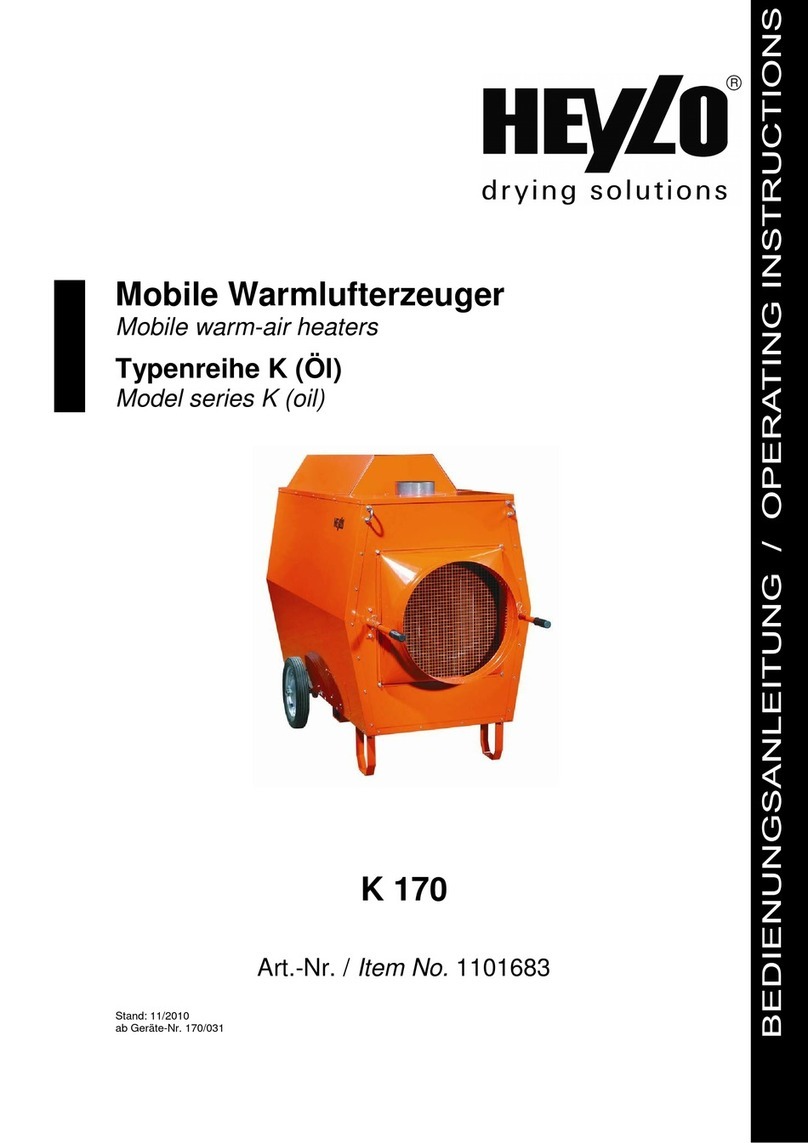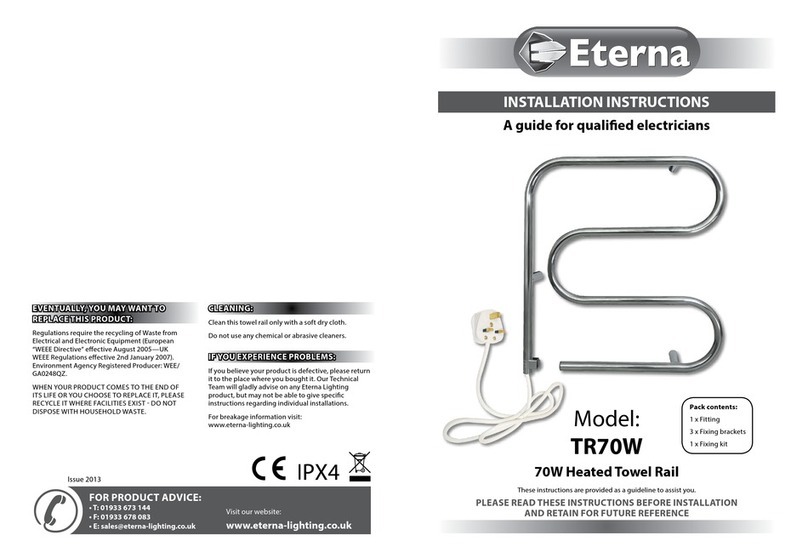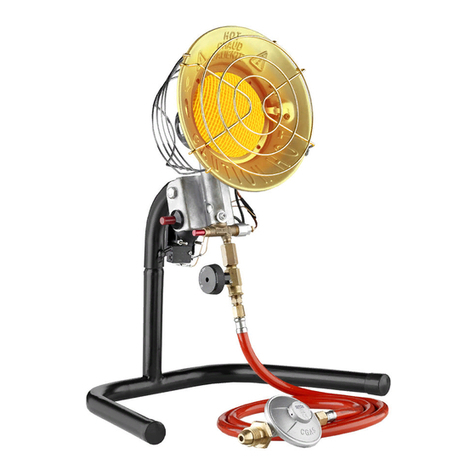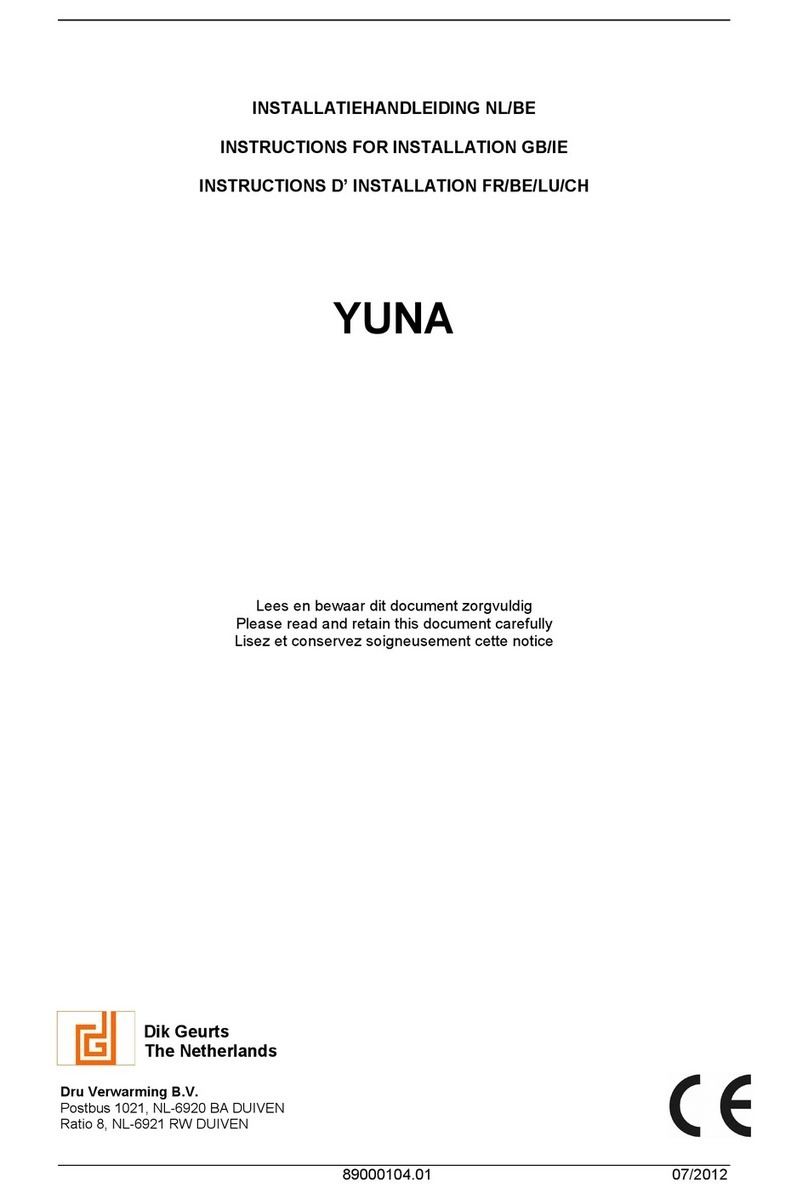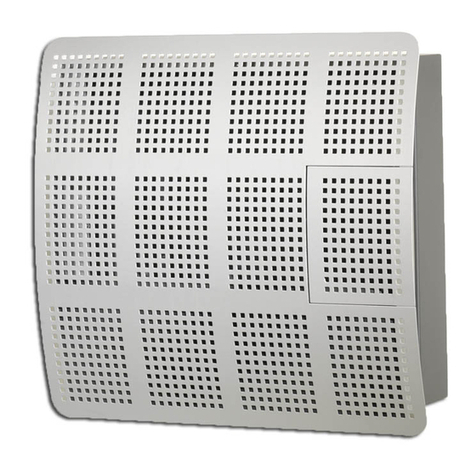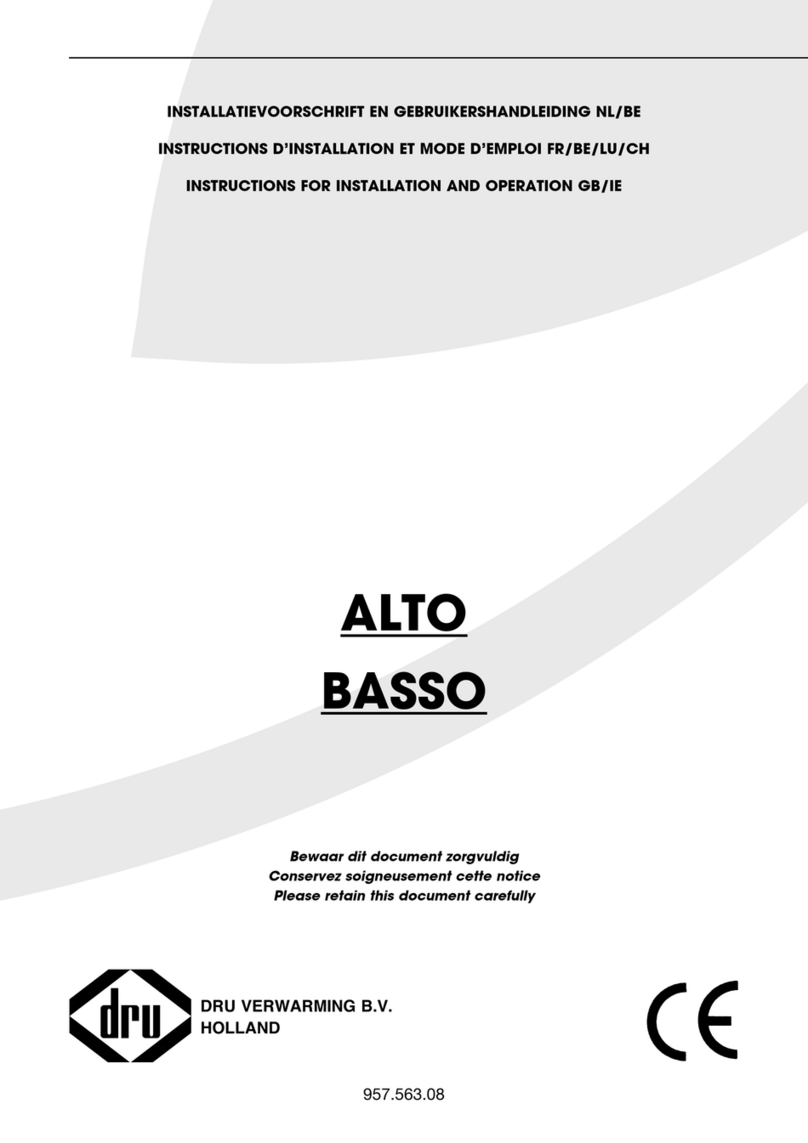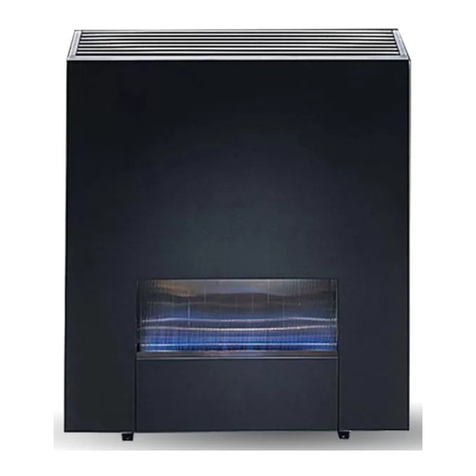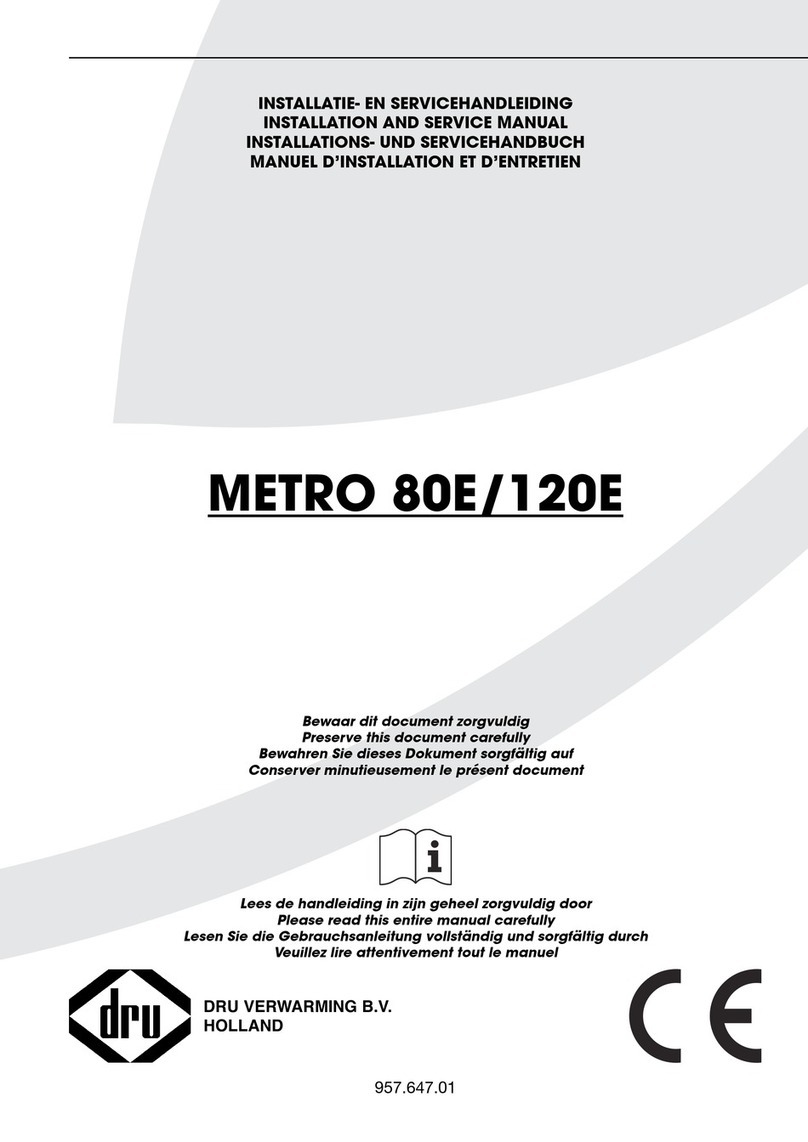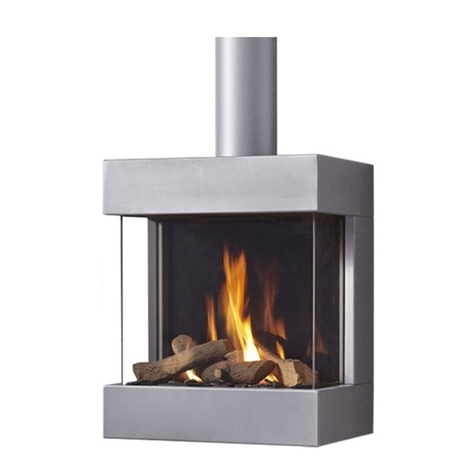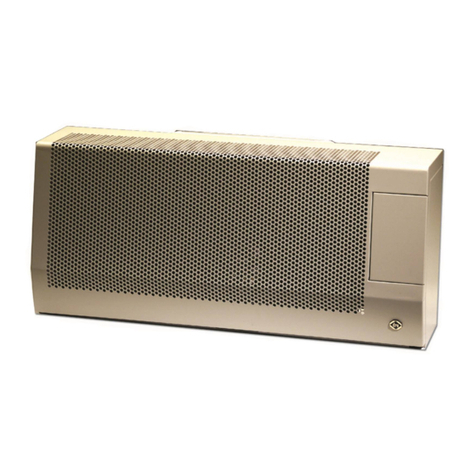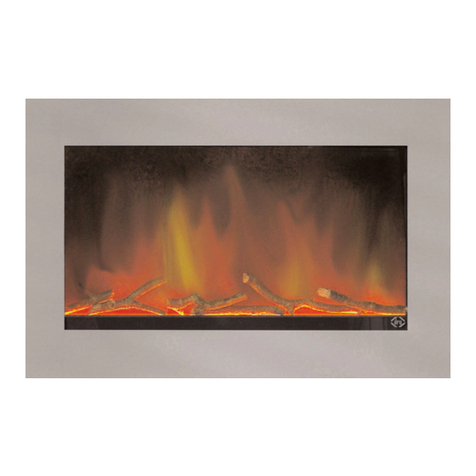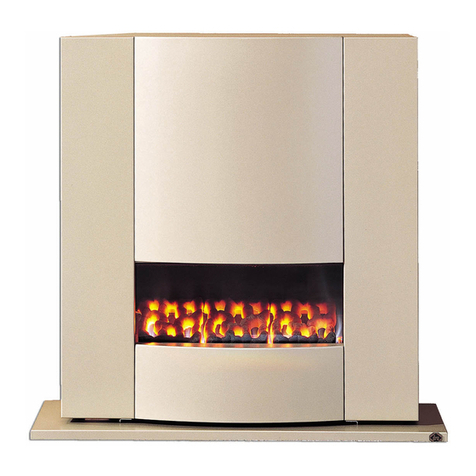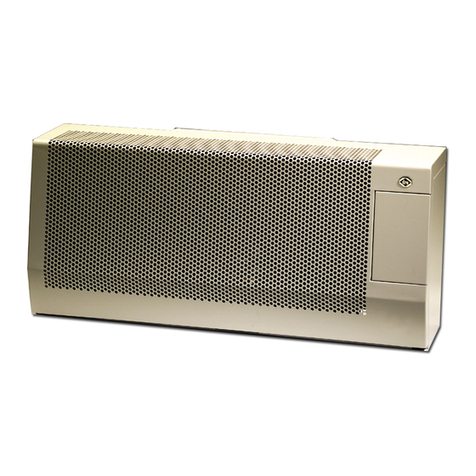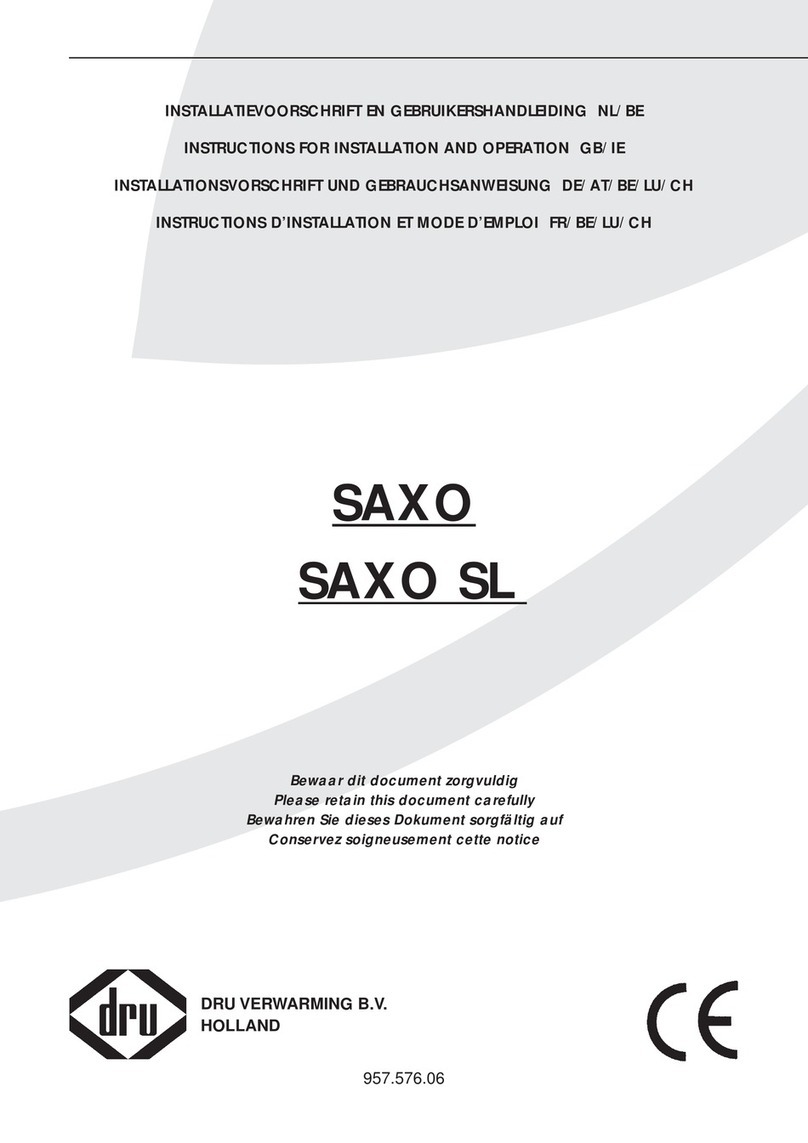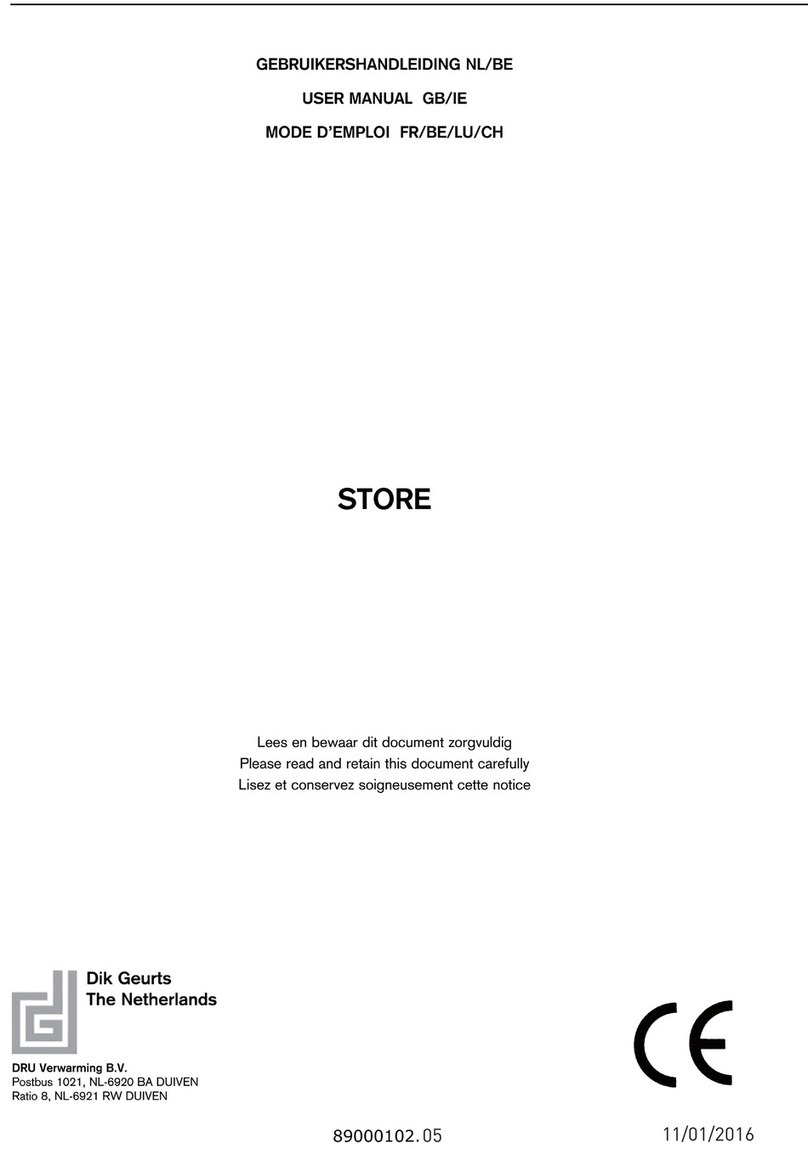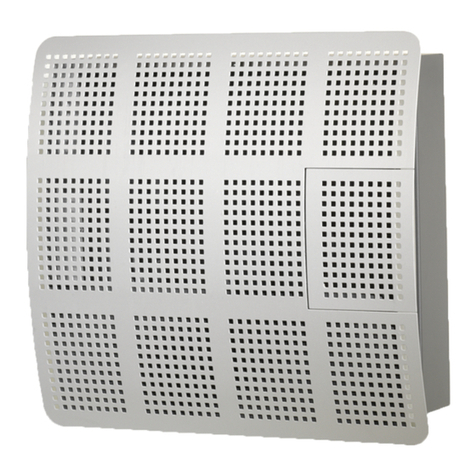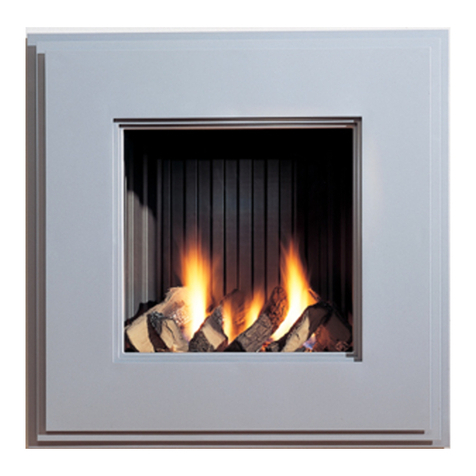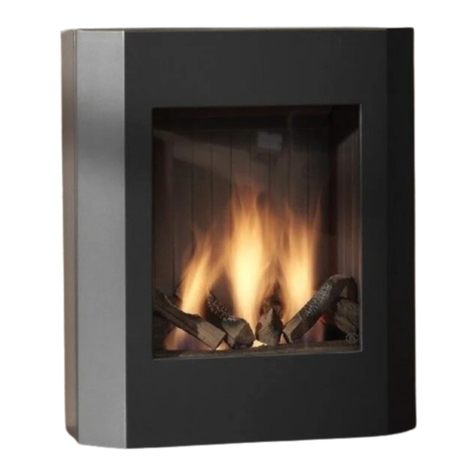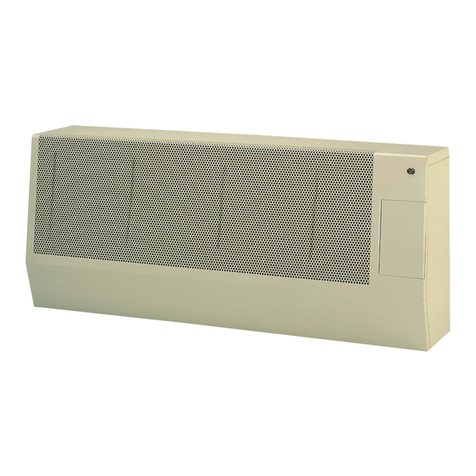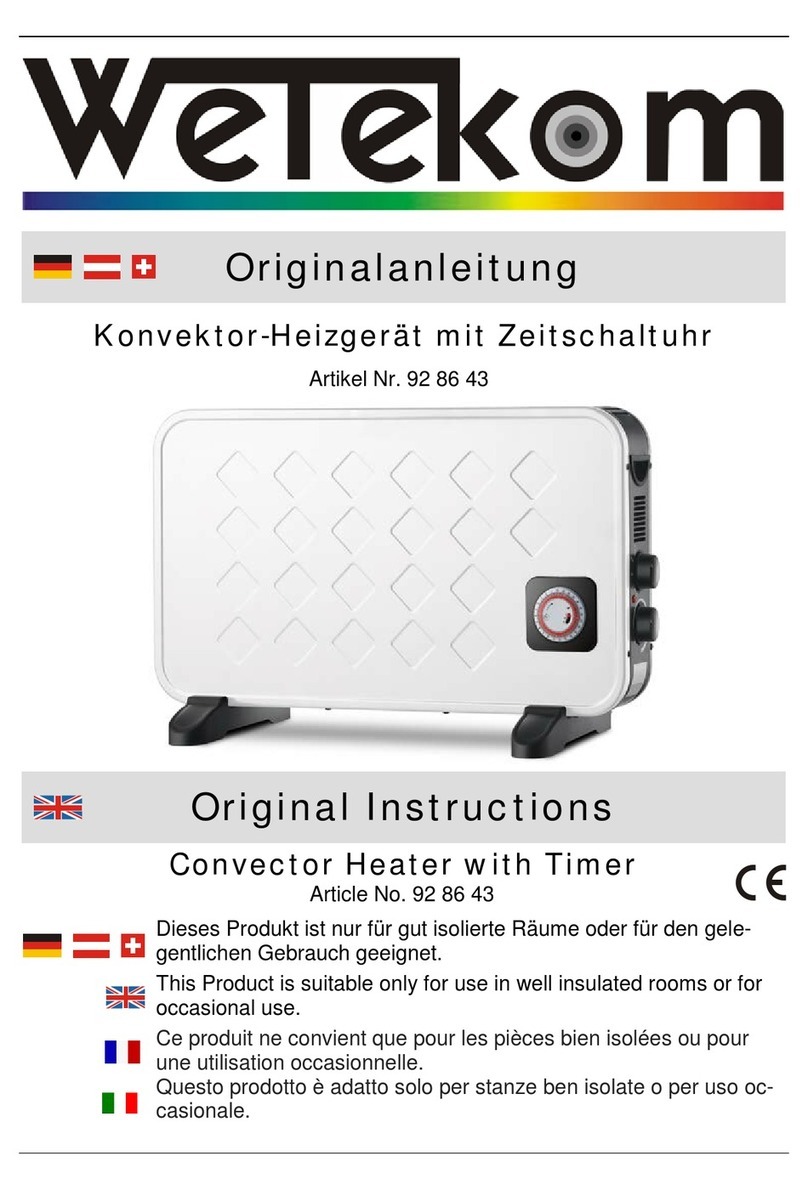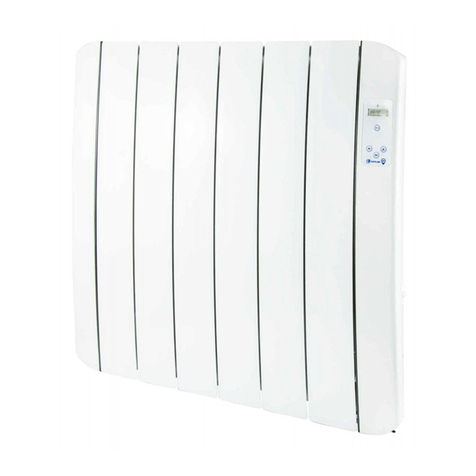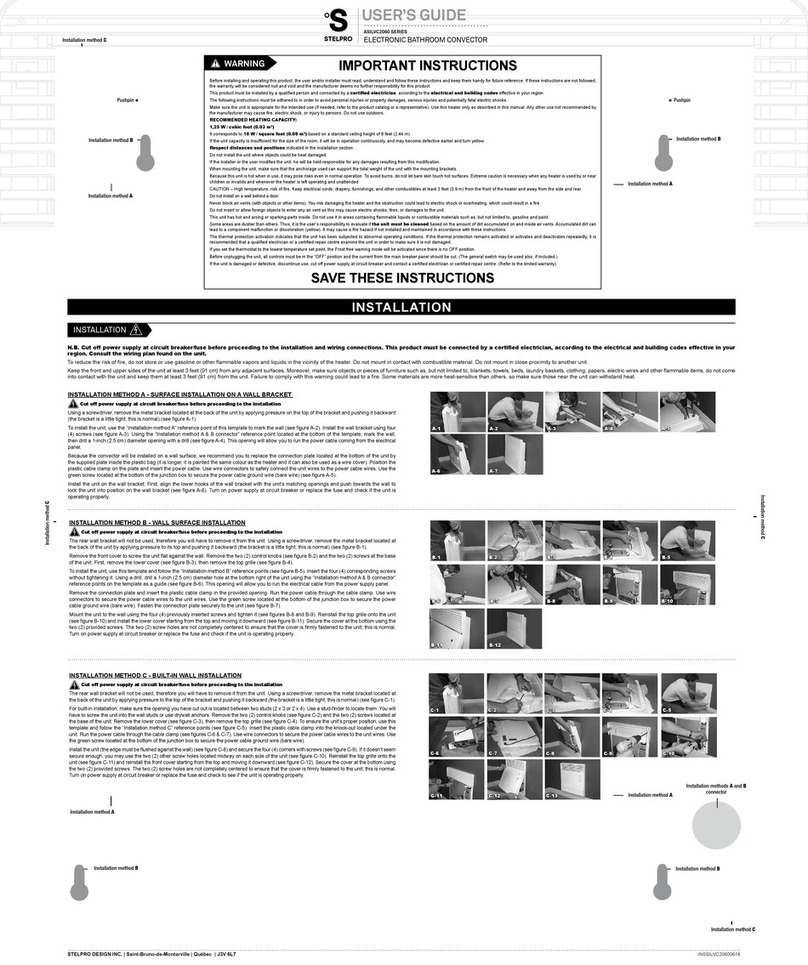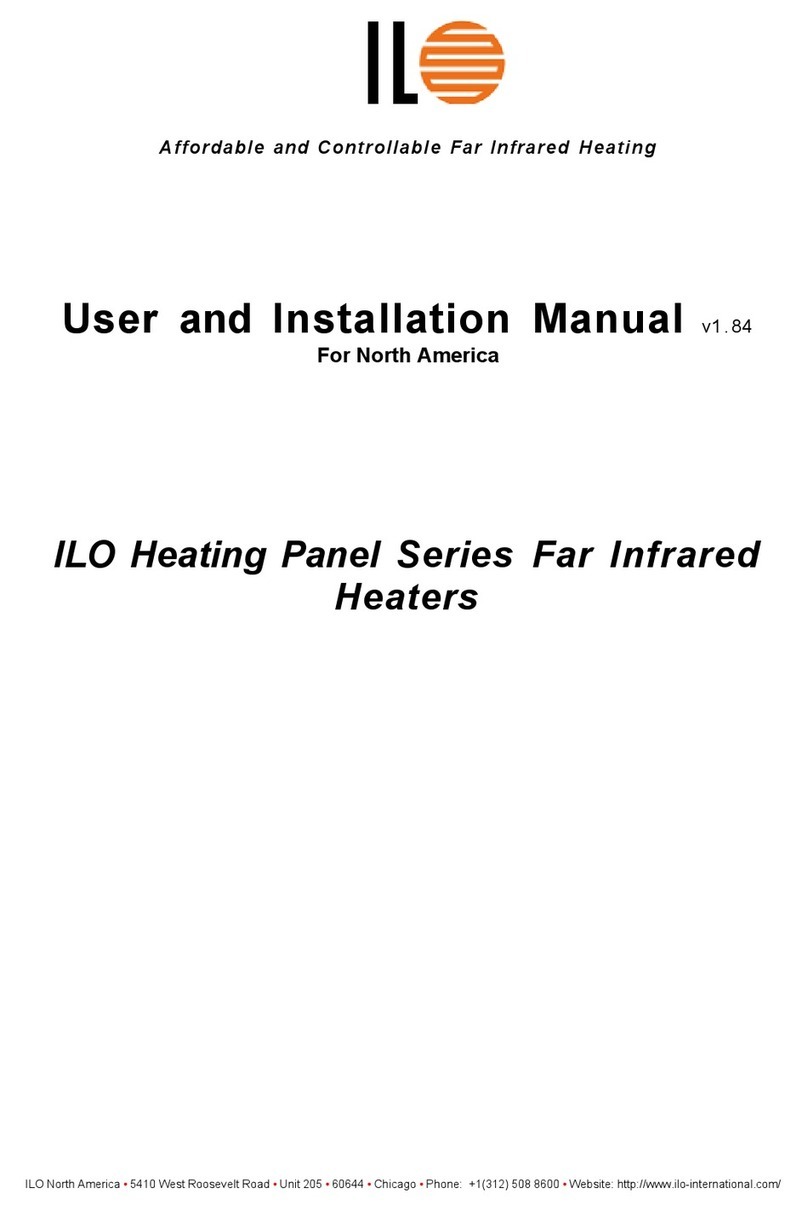
Woord vooraf
Geachte klant,
Vriendelijk bedankt voor de aankoop van dit DRU
product. Onze producten zijn ontwikkeld en gefabriceerd
volgens de hoogst mogelijke kwaliteits-, prestatie- en
veiligheidseisen. Hierdoor kunt u rekenen op jarenlang
probleemloos gebruiksplezier.
In dit boekje vindt u instructies voor installatie en gebruik
van uw nieuwe toestel. Lees de instructies en gebrui-
kershandleiding goed door, zodat u zich vertrouwd maakt
met het toestel. Wilt u meer ondersteuning, neem dan
contact op met uw leverancier.
Uitpakken
Wanneer u klaar bent met uitpakken, dient de verpakking
via de reguliere weg te worden afgevoerd.
Aansluiten
Dit toestel dient te worden aangesloten door een bevoegd
installateur.
INSTALLATIEVOORSCHRIFT
Gassoort
Dit toestel is bestemd voor het land en geschikt voor de
gassoort dat is vermeld op de typeplaat. Controleer of de
gassoort en de gasdruk ter plaatse overeenkomen met de
vermelding op het typeplaatje. Houdt u aan de gasinstal-
latievoorschriften en eventuele plaatselijke voorschriften.
Het toestel dient door een bevoegd installateur te worden
aangesloten.
Om het toestel te laten werken op butaan of propaan
dient het omgebouwd te worden door een bevoegd instal-
lateur. Een ombouwset is via hem te bestellen.
Belangrijk
• Zorg ervoor dat evt. overgordijnen of andere brandbare
materialen minstens 50 cm van het toestel verwijderd zijn.
• Let op! Aanraking van hete delen kan brandblaren veroor-
zaken!
• Installatie en onderhoud van het toestel dienen door een
professioneel gecertificeerd vakman te worden uitgevoerd
welke over bewezen kennis en aantoonbare bekwaamheid
beschikt. Een professionele vakman houdt rekening met
alle technische aspecten zoals warmte afgifte, gasaansluiting
en met verbrandingsgasafvoer vereisten. Daar waar het
installatievoorschrift niet duidelijk is dient de nationale/
lokale regelgeving te worden gevolgd.
• Het plaatsen van een z.g. stoffilter op of onder de mantel
is niet toegestaan.
• Natte kleding, handdoeken e.d. niet op de kachel te
drogen hangen!
• Het toestel is ontworpen voor sfeer- en verwarmings-
doeleinden. Dit houdt in dat alle zichtbare oppervlaktes,
inclusief de ruit heter dan 100 °C kunnen worden. Het is
aan te bevelen altijd een afschermrooster voor het toestel
te plaatsen als er kinderen, bejaarden of mindervaliden in
dezelfde ruimte als het toestel aanwezig zijn. Indien regel-
matig kwetsbare personen zonder toezicht in de ruimte
aanwezig kunnen zijn, dient een vaste afscherming rondom
het toestel te worden gemonteerd.
Algemeen
Het toestel kan zowel aan een wand van onbrandbaar
materiaal (b.v. steen of beton), als aan een wand van
brandbaar materiaal (b.v. hout) geïnstalleerd worden.
Installatie aan een wand van onbrandbaar
materiaal
Bepaal de plaats van de convector die tegen een buiten-
gevel en staand op de vloer geïnstalleerd moet worden.
Leg de aluminium vloerplaat op de vloer en zet de
convector, zonder mantel, erop.
Schuif het toestel tegen de muur op de gewenste plaats.
Op de achterkant van de convector is de montageplaat
gemonteerd ((2) fig.1) die nu tegen de muur aan ligt.
Teken de bovenkant en een zijkant van de montageplaat
op de muur af.
Na demontage van de montageplaat kan deze vervolgens
als aftekenmal gebruikt worden voor het gat in de gevel.
Om de mantel om het binnenwerk te kunnen hangen
moet men rekening houden dat tussen een eventuele
vensterbank en het toestel een vrije ruimte van minimaal
25 mm noodzakelijk is.
De standaard geveldoorvoer
Maak een horizontaal gat in de muur met een diameter
van ø 230mm voor doorvoering van de inlaatpijp. Zorg er
voor dat de muurdoorvoer ongeveer 2º op afschot ligt.
De standaard geveldoorvoer is geschikt voor wanddiktes
van 50-330 mm en de standaard verlengde doorvoer voor
wanddiktes van 50-600 mm. Afhankelijk van de wanddikte
dienen de in- en uitlaatpijp op lengte te worden gemaakt n.l.
• lengte inlaatpijp = wanddikte + 20 mm.
• lengte uitlaatpijp = wanddikte + 70 mm.
De aan het muurrooster gemonteerde trekstangen kunnen
na montage van de geveldoorvoer worden ingekort.
Montage van de geveldoorvoer (fig. 1)
Schuif de inlaatpijp (1) in de muuropening.
Breng vanaf de buitenzijde het muurrooster met de twee
trekstangen (4) in de inlaatpijp.
Hang de montageplaat (2) om de inlaatpijp en druk deze
vlak tegen de muur.
Het merkteken “TOP” boven houden bij het plaatsen van
het muurrooster.
INSTALLATIE VOORSCHRIFT
2








